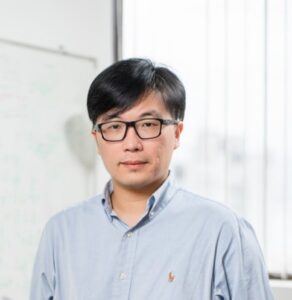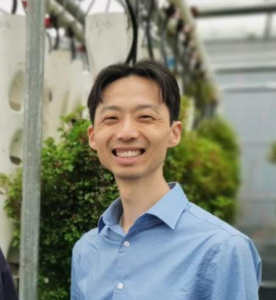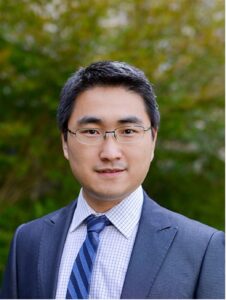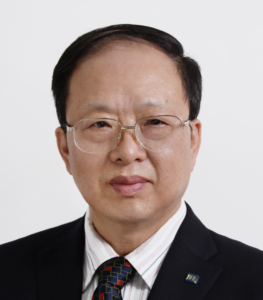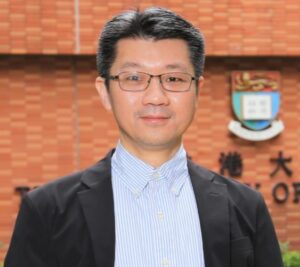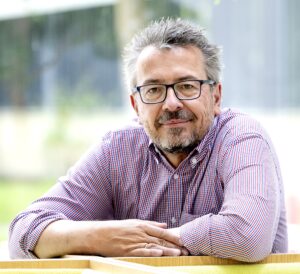About the Inno Wing TechTalk
TechTalk is a series of forums and dialogues given by engineering researchers of diverse academic backgrounds to share their insights on innovation-related topics.



New TechTalks
Past TechTalks
All TechTalk record
- All
- Civil Engineering
- Computer Science
- Electrical and Electronic Engineering
- HKAES series
- Industrial and Manufacturing Systems Engineering
- InnoHK
- Mechanical Engineering
- Oversea speaker
- Special TechTalk
- Video
- Young Scholar

TechTalk – Minimally Invasive Brain-Computer Interface (BCI) Research @ HKU

TechTalk – Building Multi-dimensional Parallel Training Systems for Large AI Models
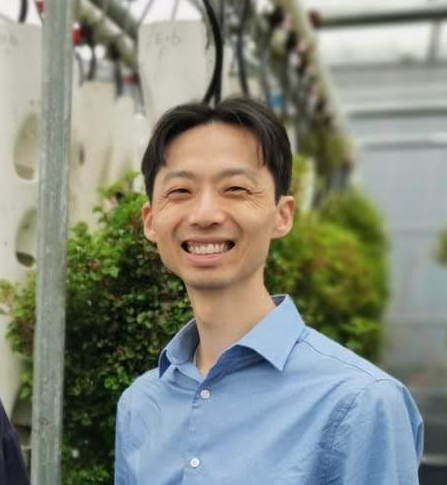
TechTalk – More is Less: Dynamic Sparse Processing in the Era of Sustainable AI

HKAE TechTalk – Transforming Wastewater into Green Hydrogen: An Option to Produce the Fuel of the Future in HK?
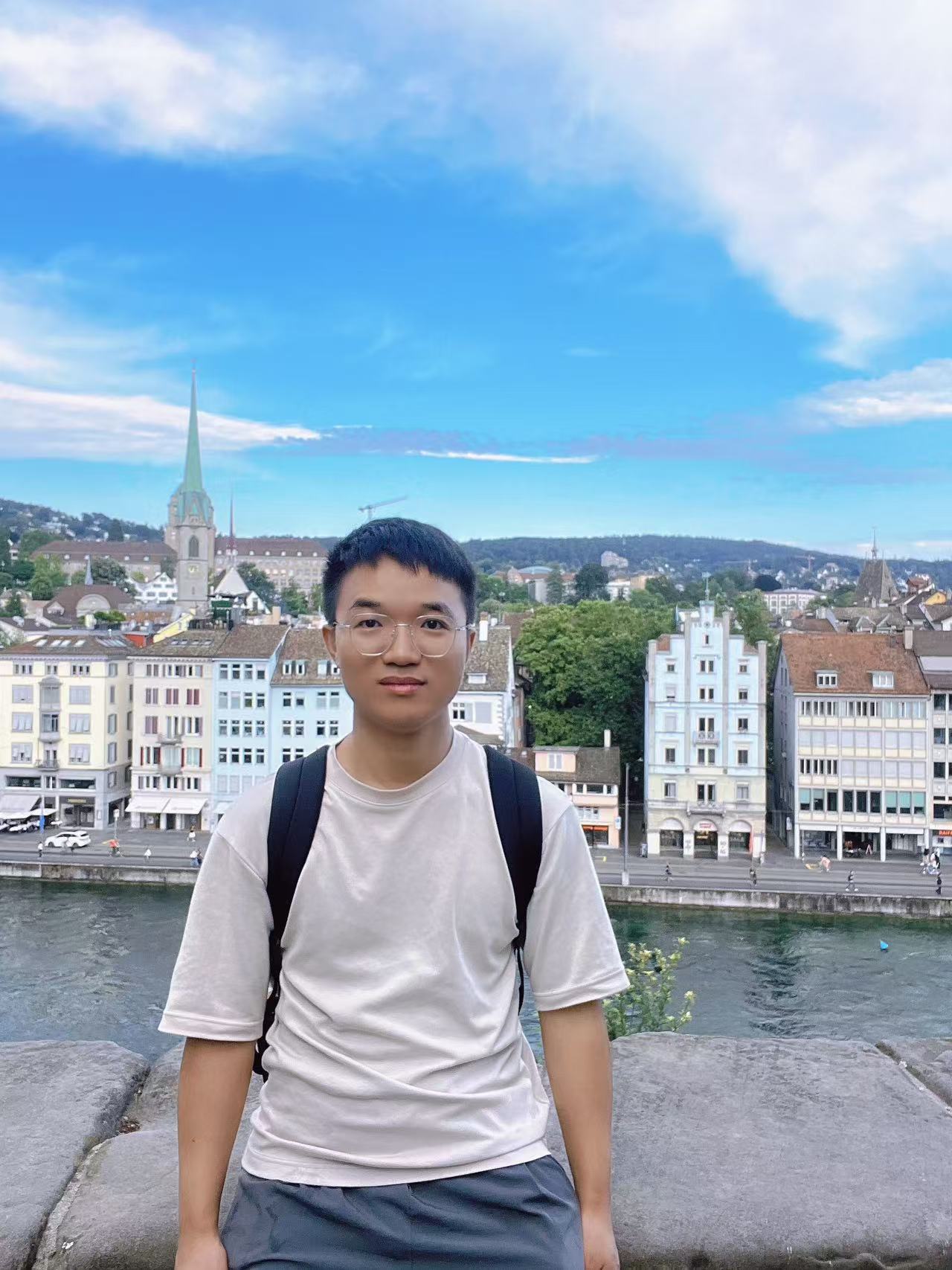
Young Scholar TechTalk – From Grains to Landslides: An Efficient Particle Method for Simulating Large Deformation of Geomaterials

HKAE TechTalk – Environmental Analytical Microbiology and its Applications

HKAE TechTalk – Interdisciplinary Energy Transition for Carbon Neutrality

TechTalk – Multiscale Robotics and Automation for Advanced Healthcare Applications
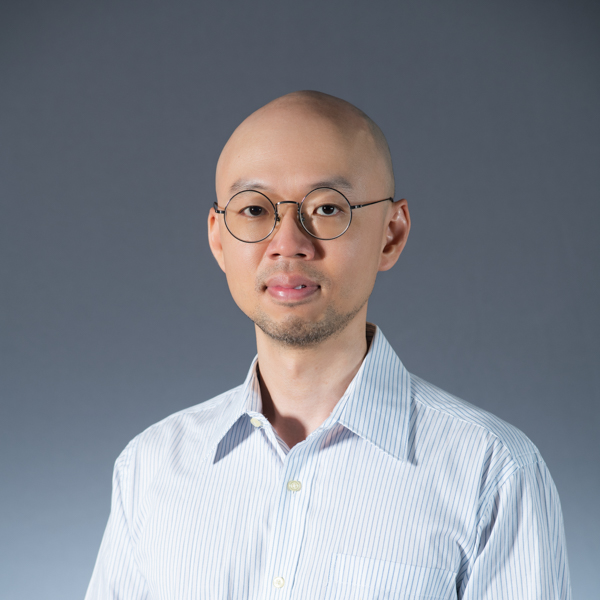
TechTalk – Speeding Up Fairness: The Science of Fast Convergence in Markets and Graphs

HKAE TechTalk – Nanotechnology for Three-Dimensional Biosensors, Terahertz Devices, and Meta-Devices

TechTalk – Urban Water Security and Smart Management in a Changing World: Case Study in the Yangtze River Economic Belt

HKAE TechTalk – Breakthroughs from ChatGPT to DeepSeek and Higher Education Revolution
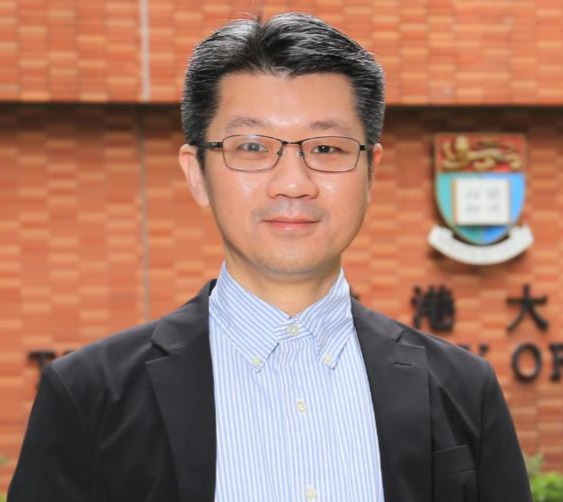
TechTalk – AI-Assisted Community Legal Information Access

TechTalk – A Healthy Building is A Prerequisite and Mandatory for Achieving Sustainable Growth

TechTalk – Thermal Insulation in Materials for Efficient Energy Conversion

TechTalk – Optimizing Distributed Large Model Training in AI Clouds

TechTalk – Medical Image Representation Learning via Cross-supervision between Images and Text Reports

TechTalk – Wafer-scale Structural Coloration Using Gray-scale Lithographic Fabrication

HKAE TechTalk – The Grain Boundary Ratchet: How to Engineer Grain Size

HKAE TechTalk – Vision-driven Robots: Challenges, Technologies and Applications

TechTalk – Lifecycle Wake Mitigation Strategies of Wind Farms using Machine Learning Techniques: Layout Optimization and Cooperative Yaw Control

TechTalk – MRI at 0.05 Tesla for Accessible Healthcare: Back to the Future?

HKAE TechTalk – Towards 6G: The Impacts of Wireless Communications Technologies Research to Society

Young Scholar TechTalk – Learning Out-of-Distribution Object Detectors from Foundation Models

TechTalk – Smart Prefabrication Construction: A GBA Case

Young Scholar TechTalk – Next-generation Aqueous Magnesium-ion Batteries

Young Scholar TechTalk – Ground Characterization from Digital Drilling Data with Time Series Algorithm

HKAES TechTalk – Metallurgical Issues in Water Supplies in Hong Kong

TechTalk – Building Functional Devices with Colloidal Nanocrystals from the Bottom Up

TechTalk – Urban Co-modality: Transforming the Future Collaborative Passenger and Freight Transportation

Young Scholar TechTalk – Empowering Pervasive Healthcare: Mobile Analytics Systems Leveraging Multimodal Data

TechTalk – Learning to Simulate and Understand the 3D World

TechTalk – Towards Controllable and Compositional Visual Content Generation

TechTalk – Power Network Stability: A Network Science-based Approach

TechTalk – Toward A Self-Chargeable Power Module for the Internet of Things

HKAES TechTalk – Integration of AI and Wireless Networks for 6G Systems

TechTalk – Greening the Slope: Revolutionizing Urban Water Management in Hilly Environments

TechTalk – Healthcare Decision-Making: From Data to Solutions and Insights

Young Scholar TechTalk – On Causality and the Upper Limit of Sound Absorption

TechTalk – Optimal of the Service Reliability of Self-Service Systems

TechTalk – Heterogeneous Silicon Photonic Integrated Circuits: Progress and Prospects

HKAES TechTalk – Creating New Radio Frequency Wave Technology for 6G

TechTalk – Machine Learning and Animal Behavior: Interdisciplinary Innovations in Neuroscience and Engineering

HKAES TechTalk – Collaborative Edge Computing for Ubiquitous AI

TechTalk – UAV Navigation and Mapping with Light Detection and Ranging (LiDAR) Sensors

TechTalk – Hong Kong’s Innovation and Technology (I&T) Development

TechTalk – The World at the Microscale: From Swimming Microorganisms to Artificial Microrobots

Young Scholar TechTalk – Customizable Acoustic Metamaterials on Frequency and Spatial Dimensions

TechTalk – Device-Independent Quantum Key Generation

TechTalk – Nature-Inspired Fluidics

TechTalk – Unlock the Hidden Value of Bridges’ Reserve Capacity in Toll Highway Operation

TechTalk – Health Care Applications with Natural Language Processing

TechTalk – (Cancelled) Technology for Bioelectronic Medicine

HKAES TechTalk – How clean is the air we breathe in urban areas?

TechTalk – Seawater Sea-sand Engineered Cementitious Composites (SS-ECC) for Marine and Coastal Infrastructures

TechTalk – Insights on the Future Development of Engineering and Technologies in China

HKAES TechTalk – Living with Climate Extremes – Hong Kong Perspective

TechTalk – HKU’s Contributions to Landslide Hazard Mitigation in Hong Kong

TechTalk – Filtration Solutions for Sustainable Environment

TechTalk – Artificial Intelligence for Structural Design, Simulation and Health Monitoring

TechTalk – Nanomaterials-based Soft Human-centric Optoelectronics

HKAES TechTalk – Hong Kong’s Climate Action Plan 2050

TechTalk – 3D Functional Mesosystems: From Neural Interfaces to Environmental Monitors

TechTalk – Doing the Right Thing for the Wrong Reason: How a Vision for Ubiquitous Computing Can Be Reconciled to Have Better Impact

Protected: TechTalk – Does Hong Kong Have the “Right Stuff” for the Emerging “NewSpace” Economy?

HKAES TechTalk – Magneto-electric Dipole – Advanced Antenna Technology for a Smart World

TechTalk – Environmental Geomechanics: Towards a Minimised Chemical Footprint in Geo-energy Engineering

TechTalk – Live “Street View” of Intracellular Organelles’ Interactions

TechTalk – Waste to Wealth: Sustainable Land Reclamation Technologies

Protected: TechTalk – Innovations in Electrochemical Technology for the Low Carbon Energy Transition

Special TechTalk – Hong Kong Symposium: Sustainable Environment for the Greater Bay Area

HKAES TechTalk – Fluid Mechanics for Carbon Reduction in Wastewater Treatment Plants –

Special TechTalk – Selected Plenary Keynote Lectures in GPPS Hong Kong 23 Conference

Young Scholar TechTalk – GRAINS: Proximity Sensing of Objects in Granular Materials

TechTalk – Subsurface Technologies to Support the Energy Transition

TechTalk – Wireless AI Perception: A New Sense for Machine Intelligence Beyond Vision

Young Scholar TechTalk – Secure and High-performance AI Serving: Protecting AI Secretes, Accelerating AI Insights

TechTalk – Simulation, Optimization and Artificial Intelligence for On-demand Ride Service Operations

TechTalk – Quantitative Predictive Theories through Integration of Quantum, Statistical, and Irreversible Thermodynamics


